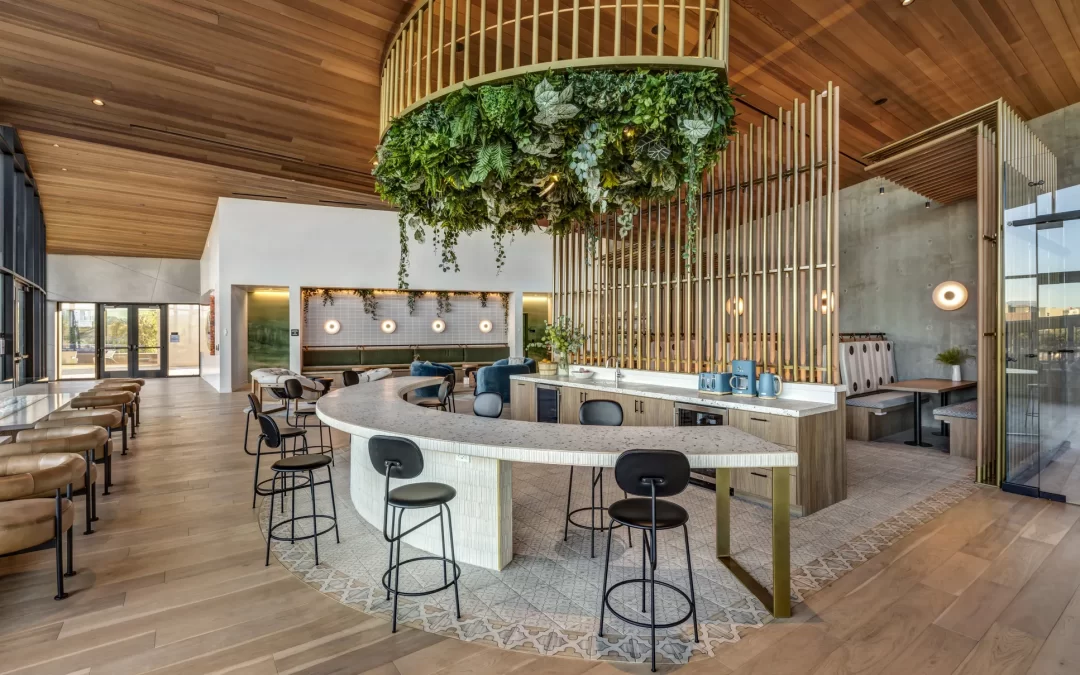First Aid Station Design: A Comprehensive Guide
When it comes to public spaces, workplaces, schools, or event venues, safety is a top priority. A well-designed First Aid Station is essential for providing immediate medical assistance in emergencies. But beyond functionality, the design of these spaces plays a crucial role in accessibility, user experience, and even brand identity.
First Aid Station Design is the process of planning and creating a space that is not only equipped to handle medical emergencies but also thoughtfully integrated into its environment. Whether you’re designing a compact station for a small office or a larger facility for a bustling event, the principles remain the same: functionality, accessibility, compliance, and aesthetics.
Key Elements of First Aid Station Design
1. Functionality
A First Aid Station’s primary purpose is to provide care during emergencies. Its design must prioritize functionality to ensure that medical supplies are easily accessible and that the space can accommodate both patients and caregivers.
- Layout: The station should have a clear, open layout with designated areas for treatment, storage, and waiting.
- Equipment & Supplies: Keep essentials like bandages, antiseptics, and emergency kits within easy reach. Consider modular storage solutions for flexibility.
- Workflow Efficiency: Design the space to minimize movement and maximize efficiency for caregivers.
2. Accessibility
Accessibility is non-negotiable in First Aid Station Design. The space must be easy to locate, enter, and navigate for everyone, including individuals with disabilities.
- Visibility: Position the station in a central, well-lit area with clear signage.
- Entryways: Ensure doorways are wide enough for wheelchairs and stretchers.
- Universal Design: Incorporate features like grab bars, lower counters, and non-slip flooring.
3. Compliance
First Aid Stations must adhere to local health and safety regulations. Compliance ensures that the space meets legal standards and is adequately equipped to handle emergencies.
- Regulatory Standards: Familiarize yourself with OSHA, ADA, or other relevant guidelines.
- Inspections: Design the space to facilitate regular inspections and maintenance.
- Emergency Protocols: Include visual aids like posters or digital displays that outline emergency procedures.
4. Aesthetics
While functionality and compliance are critical, aesthetics should not be overlooked. A thoughtfully designed First Aid Station can reduce anxiety and create a sense of calm during emergencies.
- Color Palette: Use soothing, neutral tones to create a calming environment.
- Lighting: Opt for soft, diffused lighting to reduce glare and create a welcoming atmosphere.
- Branding: Incorporate subtle branding elements like logos or colors to align the station with its broader environment.
Benefits of a Well-Designed First Aid Station
- Improved Safety: A well-equipped and accessible station ensures prompt care during emergencies.
- Enhanced User Experience: Thoughtful design reduces stress and anxiety for both patients and caregivers.
- Compliance & Liability Reduction: Adhering to regulations minimizes legal risks and ensures a safer environment.
- Brand Alignment: Integrating design elements that reflect your brand creates a cohesive and professional appearance.
Uses of First Aid Stations
First Aid Stations are essential in various settings, including:
- Workplaces: Offices, factories, and construction sites.
- Educational Institutions: Schools, colleges, and universities.
- Public Spaces: Airports, shopping malls, and parks.
- Event Venues: Concerts, sports arenas, and festivals.
Examples of First Aid Station Design
- Minimalist Office Station: A compact, sleek design with modular storage and soft lighting, blending seamlessly into a modern office environment.
- Event Pop-Up Station: A portable, easily assembled station with bold signage and clear pathways for high-traffic events.
- School Health Room: A bright, welcoming space with child-friendly decor and accessible equipment tailored to students’ needs.
Tips for Designing a First Aid Station
- Plan Ahead: Assess the space and identify potential challenges like limited room or high traffic.
- Prioritize Ergonomic Design: Ensure that equipment and furniture are comfortable and easy to use.
- Incorporate Technology: Use digital tools like touchscreens for emergency instructions or inventory tracking.
- Engage Stakeholders: Collaborate with medical professionals, designers, and end-users to create a space that meets everyone’s needs.
Infographic Table: First Aid Station Design Checklist
| Category | Key Considerations |
|---|---|
| Functionality | Clear layout, accessible supplies, workflow efficiency |
| Accessibility | Central location, wide entryways, universal design |
| Compliance | Regulatory standards, regular inspections, emergency protocols |
| Aesthetics | Soothing colors, soft lighting, branding elements |
Conclusion
Designing a First Aid Station is about more than just meeting safety requirements—it’s about creating a space that is functional, accessible, and aesthetically pleasing. By focusing on these key principles, you can design a station that not only serves its purpose but also enhances its environment. Whether you’re designing for a workplace, school, or event, thoughtful First Aid Station Design ensures that safety is always within reach.



